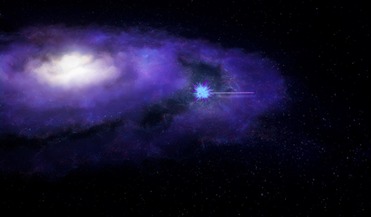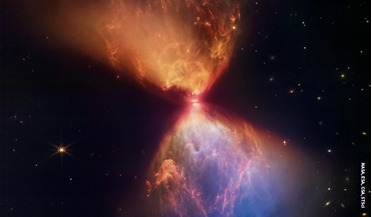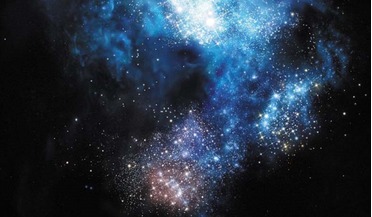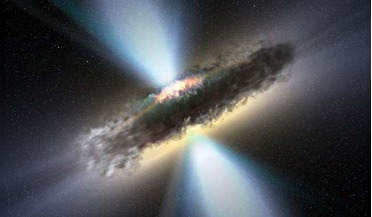 29 May 2020
Cosmic bursts solve Universe's 'missing matter' problem
29 May 2020
Cosmic bursts solve Universe's 'missing matter' problem
...even black holes are made of – should exist after the Big Bang, it didn’t fit with their observations of the shapes, ... values derived from the cosmic microwave background and from Big Bang nucleosynthesis. However it still doesn’t help determine what ...
 22 September 2021
Telescope built by Karoo locals releases data to astronomers around the world
22 September 2021
Telescope built by Karoo locals releases data to astronomers around the world
... detect from the Universe at around 66 million years after the Big Bang. The lead scientist behind this paper, Dr Nicholas Kern, currently...the lighting up of the very first stars after the Big Bang,” says Dr David DeBoer, HERA Project Manager, from ...
 October 2015
From post-humanity to fractals: is human space exploration doomed?
October 2015
From post-humanity to fractals: is human space exploration doomed?
... own observable universe. A fractal universe cannot evolve. This last point is crucial. Using the theory of the Big Bang, let’s look at what happens if our observable universe, affected by gravity, begins to contract. Sooner or later, all complex...
 January 2023
Is human space exploration DOOMED?
January 2023
Is human space exploration DOOMED?
... own observable universe A fractal universe cannot evolve. This last point is crucial. Using the theory of the Big Bang, let’s look at what happens if our observable universe, affected by gravity, begins to contract. Sooner or later, all complex...
 21 March 2016
Using gravitational waves to search for Population III stars
21 March 2016
Using gravitational waves to search for Population III stars
... and very small amounts of lithium and beryllium and is therefore pristine material left over from the Big Bang. Nonetheless, despite intense searches, no Population III stars have ever been observed, so their existence is entirely hypothetical...
 30 March 2016
Have astronomers found the signatures of the very first black holes formed through the collapse of gas clouds?
30 March 2016
Have astronomers found the signatures of the very first black holes formed through the collapse of gas clouds?
... epochs in cosmic evolution, “Cosmic Dawn", less than 1 billion years after the Big Bang and "Cosmic High Noon", 2-4 billion years after the Big Bang. In the first epoch the first seeds of cosmic structure began to take shape...